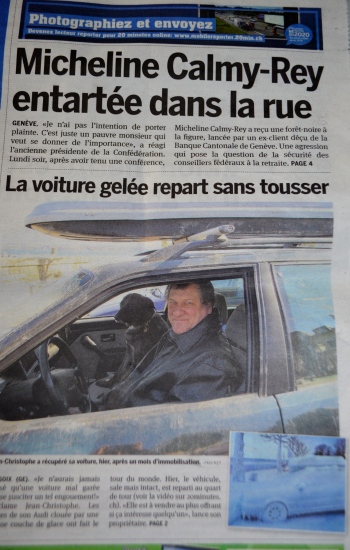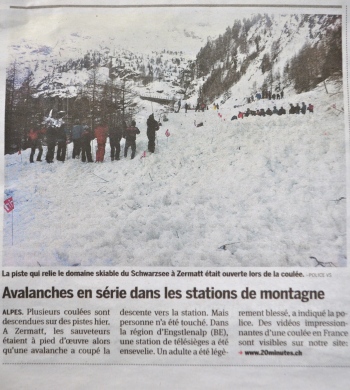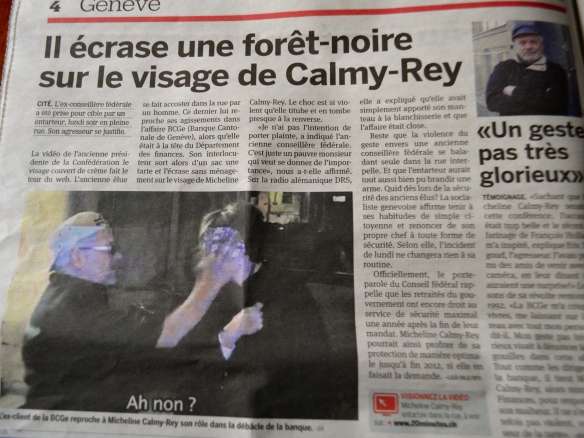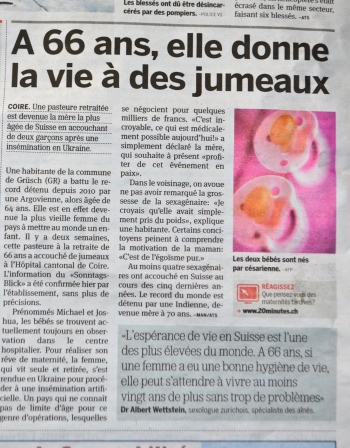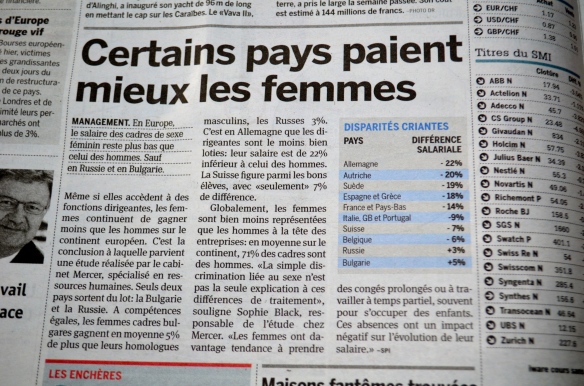
Provence was windy. I’m not talking about a slight breeze. I’m talking about a fierce, howling, incessant wind with giant gusts. Provence is known for its ferocious, cold wind known locally as “Le Mistral” (or mistrau in Provençal). It blows for days at a time, reaching speeds of 100 km/hr (62 miles/hr). Some have described it as a hurricane with sunny weather.

WARNING! Please be careful during your visit, particularly if it is windy, especially near the edges of the cliffs, the Sarassine, the Paravelle towers and the Dunjon. Please keep an eye on your children! Culture Espaces accepts no responsibility. – Sign in Les Baux that translates into “if you get blown off the cliff it is your own fault.”
The result of an atmospheric phenomenon, it usually develops as a cold front moving down across France. Winter’s cold air piles up in the Alps before spilling over the mountaintops, down into the Rhône valley to the Mediterranean (towards Marseille). It works to blows away clouds and moisture, providing towns like Aix-en-Provence with an average 300 sunny days a year. In our two trips to Provence, we experienced two rainy days. Go figure.

Le Mistral is the single most important factor in shaping the Provence’s trees are Provençal landscape. Trees are permanently bent in the wind’s direction. Vincent Van Gogh’s swirling landscapes depict the the effects of the Mistral on the countryside.

Le Mistral flattens the grasses in the field, bends the top of the cypress trees and even in knocks over flower pots, tosses patio furniture around, tears the washing off the line, tosses garbage cans blocks away and pretty much sweeps away anything that isn’t tied down. The howling wind even blows doors wide open and people off their feet!

When the Mistral blows, no one goes out unless they really have to. People huddle indoors with their shutters battened; the streets are empty. The wind becomes the topic of every conversation. Legend has it that the Mistral will blow for one day, three, six, nine or even as many as twelve days.

Like the Föhn, people claim that Le Mistral can cause headaches, restlessness in children and even affect pets. It makes everyone bad tempered and exasperated. Some even claim that it causes mental instability, making people mad. That was probably great for Van Gogh.

Le Mistral’s has positive effects on Provence and not just if you want to fly a kite, windsurf, or sail. It blows stagnant waters dry and stopping disease from spreading. Locals call it “mange fange” which translates into swamp eater. The Mistral’s winds drying effect on the area keeps the Rhône vines, including Châteauneuf-du-Pape, free of mildew (great for wine lovers). The humidity in the air is blown away, leaving things dry and the view crystal clear (great for artists).

- Châteauneuf-du-Pape Rocked Us…Literally (schwingeninswitzerland.wordpress.com)
- A Knife Fight In Aix (schwingeninswitzerland.wordpress.com)
- We Didn’t Know The Valley Of Hell Was So Beautiful, Les Baux (schwingeninswitzerland.wordpress.com)




















